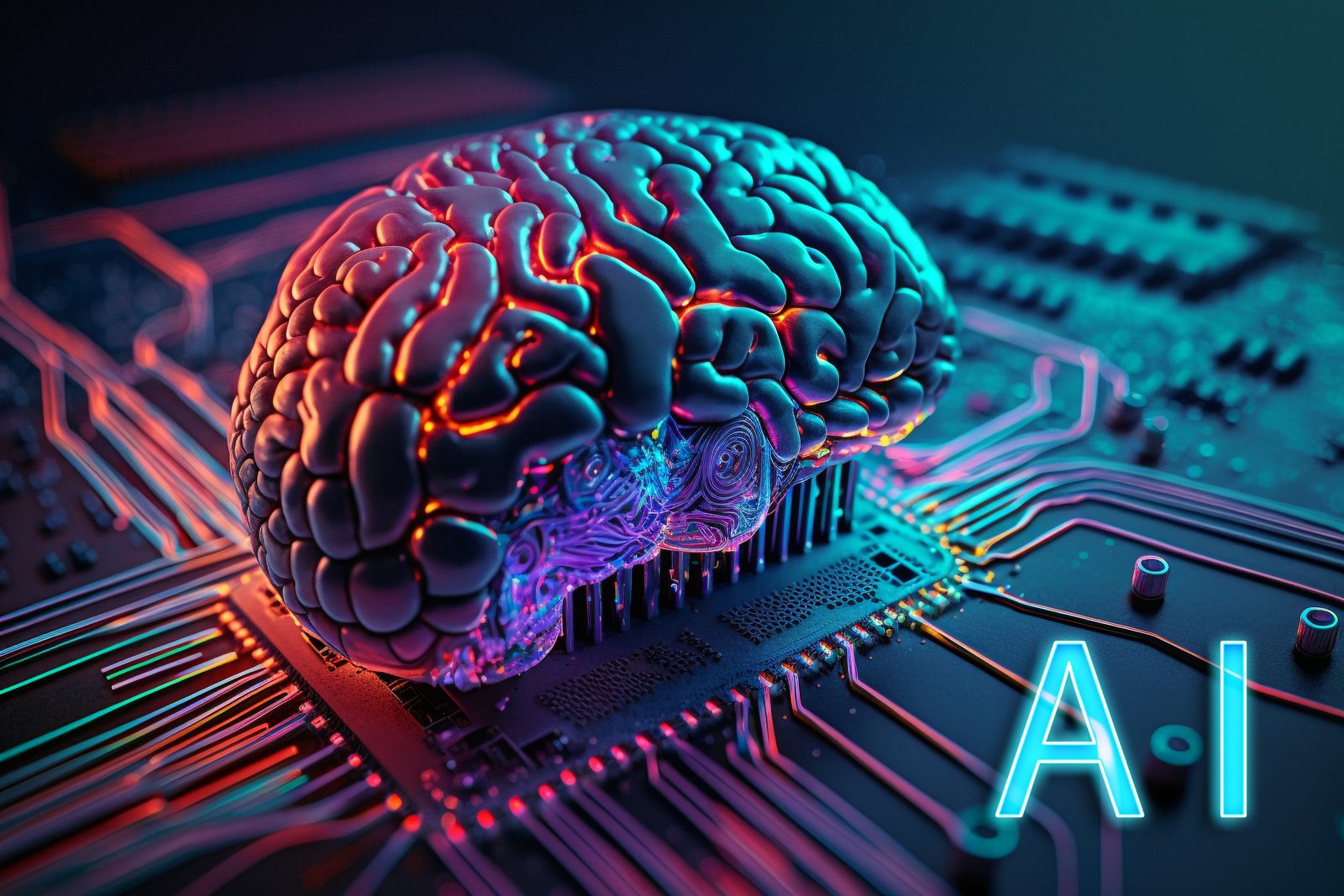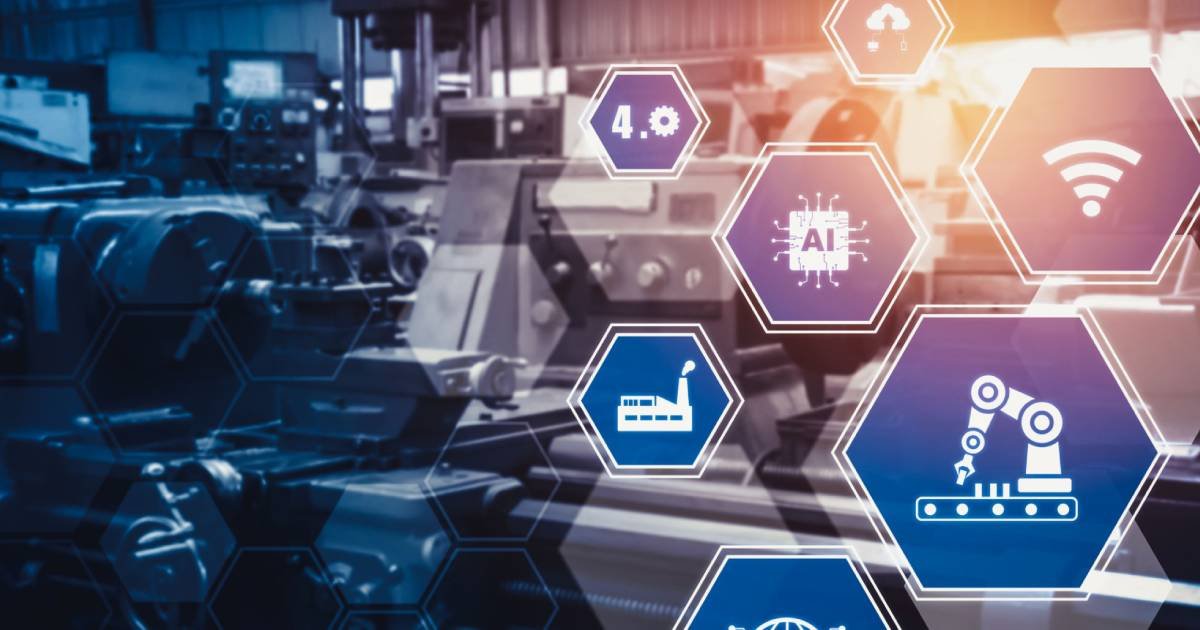
IDC expects genAI spending to double in these areas in '24
IDC study indicates that businesses would spend approximately $19.4 billion globally in 2023 on generative artificial intelligence (genAI) technology; this year, that sum is predicted to double.
Along with accompanying infrastructure gear and IT/business services, organizations are spending money on genAI software. Over the period of 2023–2027, spending is projected to reach $151.1 billion by 2027, indicating a compound annual growth rate of 85.9%.
GenAI's meteoric rise will not slow anytime soon, as companies transition from early experimentation to aggressive infrastructure and trained data model building.
IDC group vice president Rick Villars said in a statement that "businesses accelerated their exploration of genAI to boost business transformation in 2023, despite IT headwinds." "As businesses make significant new investments, the shift to AI everywhere will enter a key buildout phase in 2024. The objective is to significantly reduce the time and costs associated with customer and employee productivity use cases. After that, investments that improve revenue and business outcomes will come into focus."
As companies go from early testing to aggressive infrastructure and trained data model creation to widespread deployment with extensions to the edge of all business processes, IDC anticipates that genAI spending will follow a logical evolution over the next years.
The internet, social media, and smartphones all came about as a result of generative AI, according to research firm Forrester Group, which predicted that spending on genAI will increase by 36% year over year until 2030. Forrester predicts that GenAI will account for 55% of the market for AI software overall.
According to IDC, genAI spending will represent 29% of all AI spending by the end of 2027, a substantial increase from 10.8% in 2023.

As these solutions become a fundamental component of businesses' digital business control platforms, IDC predicted that spending on artificial intelligence (AI) will continue to grow far after the build-out period.
The yearly expenditure on genAI for generic use cases, like research, writing, and summarizing tools, is expected to reach $42 billion by 2030. According to a previous Forrester survey, businesses will spend a total of $79 billion year on specialized applications meant to increase automation and productivity, particularly in the security, health, and content marketing sectors.
Forrester, for instance, claims that AI-based software augmentation tools like Replit and GitHub Copilot are opening up software development to both engineers and non-developers.
The majority of funds allocated to generalist use cases will be concentrated on chatbots and messaging platforms, with the potential to significantly enhance both the customer and employee experience.
During the same period, businesses of all stripes will experience a change in their tech investment toward adopting AI and implementing AI-enhanced goods and services, but the IT sector will shift more quickly and significantly to genAI.
This is due to the fact that all businesses will compete to launch AI-enhanced goods and services and support their clients' AI deployments. According to IDC, cloud computing will mostly be supplanted by AI as the primary driver of innovation.
Research from solutions integrator service provider Insight Enterprises shows that two-thirds (66%) of business leaders say their company has given employees access to private, secure generative AI tools, and a similar number (65%) say their department has been tasked with finding use cases for the company.
IDC predicts that during the build-out phase, GenAI infrastructure—which includes hardware, Infrastructure as a Service (IaaS), and system infrastructure software (SIS)—will receive the greatest amount of investment. However, with a five-year CAGR of 99.1%, genAI Platform and Application Software will progressively surpass infrastructure by the end of 2027.
Similarly, with a five-year CAGR of 94.6%, GenAI Services, encompassing IT and business services, will almost match infrastructure spending by the end of the timeframe.
"Investments in conventional AI solutions have been stimulated by the emergence of generative AI. "A world of opportunities across industries is made possible by the synergy between traditional and generative AI," stated Ritu Jyoti, global vice president of IDC's Worldwide Artificial Intelligence and Automation services. "As we look ahead to the future of AI, embracing a holistic approach that merges traditional AI with generative creativity will enable more versatile AI systems capable of adapting to evolving challenges, while fostering disruptive innovation."
.png)



